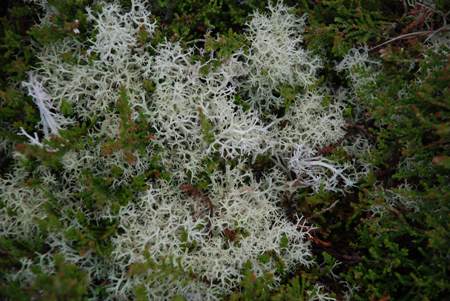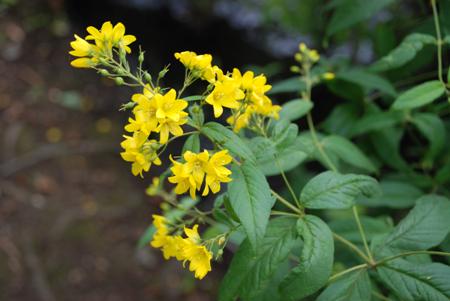
David Pottinger writes:
With the glorious bout of good weather, many readers will doubtless be taking walks round the Pond, partly for the tranquility and also for the coolness!
Whilst going round the Pond, it’s interesting to try to identify any butterflies and wildflowers seen along the way. Fortunately, members of Fleet Pond Society (FPS) have written a fascinating series of articles on these topics that you might find interesting and helpful.
Peter Martin, who is the President of FPS, has written quite a few butterfly posts that have proven to be very popular. Here are two examples:
Butterflies Around The Pond – Have You Seen Any?
Extract:
“Although over 30 different species of butterfly have been recorded at Fleet Pond, some may not be easily seen as they tend to stay in the areas in which they bred.
Westover Road – Speckled Wood: Where the path starts at the end of Westover Road towards Wood Lane there are patches of bramble which, when in flower, provide a good nectar source for the Speckled Wood. This is a butterfly that likes areas dappled with sun and shade and it is most noticeable when settled on bramble with its wings wide open. As it has several generations, it can be seen from March until September.”
Butterflies At The Pond – 2013
Extract (Butterfly Of The Month: August – The Gatekeeper):
“Due to its habit of frequenting hedgerows, this butterfly was, at one time, known as the “Hedge Brown”. In even earlier years, it was called “Hedge Eye” and also “Small Meadow Brown”.
Depending upon the weather, the first butterflies usually begin to emerge from their chrysalides during mid-July, but August is the month when I have seen the greatest number. They are fairly common and the best place for seeing them at Fleet Pond Nature Reserve is probably between the Dry Heath and the Railway.
Ragwort, Fleabane, Marjoram and Buddleia are good nectar sources, as this butterfly’s proboscis is fairly short, but its favourite is probably Bramble.”
In addition, Michelle Salter, who is the Secretary of FPS, has written a wonderfully illustrated series of articles on some of the wildflowers that can be seen around the Pond at different times of the year, see:
Keep An Eye Out For These Attractive Flowers
Extract for the month of July (originally published in 2009, prior to the changes at the Pond):
“Walking through the Dry Heath, I took a photo of a Painted Lady butterfly (see above) resting on one of the many patches of purple Bell heather currently in flower there. Native to dry heathland, Bell heather is an evergreen shrub that is attractive to a wide range of insects, including bees and butterflies.

Growing in spongy tufts between the swathes of colourful heather is bushy lichen. Commonly found in drier areas of heathland, the pale green stems make a stark contrast to the rich colours of the surrounding heather.

There are always plenty of wildflowers to be found along the stretch of footpath parallel to the railway line, and the golden flowers of Yellow loosestrife are presently adding splashes of colour to the water’s edge. Found in moist habitats such as marshes, fens and stream sides, the spikes of yellow flowers provide a plentiful supply of pollen for bees.”
Picture credits: Michelle Salter.
